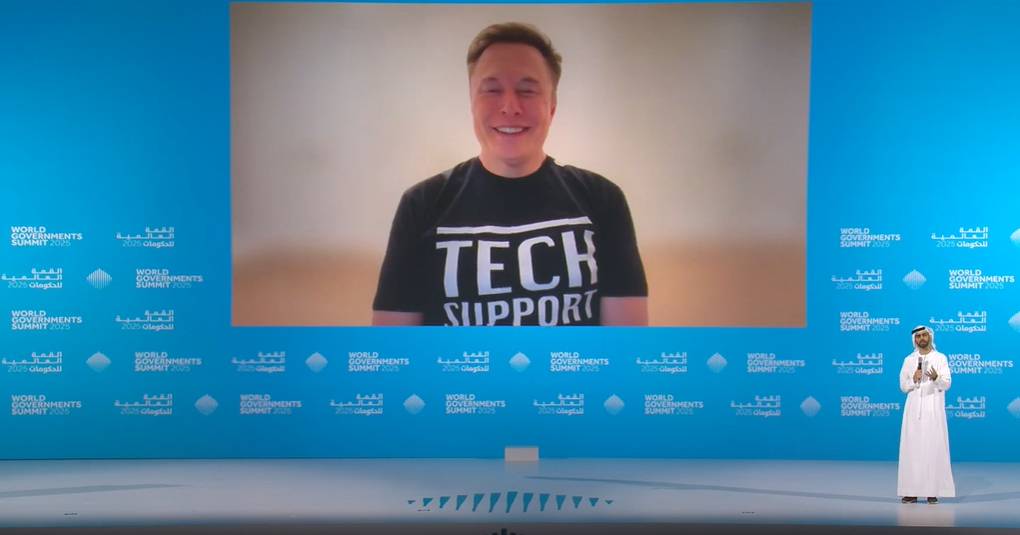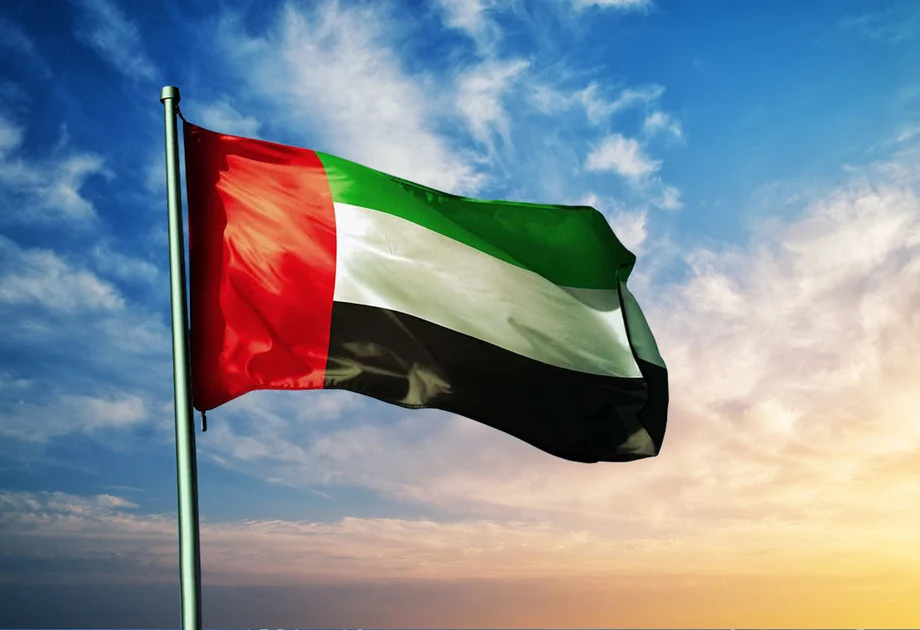Before you immerse yourself in the weekend spirit, take a brief moment to cast your eyes upon the evening sky.
Tonight, residents in the UAE are in for a celestial delight when the crescent moon will be illuminated by sunlight reflected off of Earth. This rare celestial event taking place post sunset is called Da Vinci Glow.
Da Vinci Glow: When to observe it..
The “Da Vinci glow,” also called “Earthshine,” is a phenomenon where a ghostly shine appears on the moon, illuminating its edge. This phenomenon is named after Leonardo da Vinci, who first provided an explanation for it in the early 16th century.

What caused that ghostly full moon effect, sometimes called “the old moon in the new moon’s arms,” was an ancient question illuminated by Leonardo da Vinci, according to NASA. And the answer is light coming from Earth.
However, this phenomenon can only be observed within a limited time frame, shortly before sunrise and after sunset. If you don’t want to miss it, make sure to set your alarm as the Da Vinci Glow will only be visible just past sunset, around 6.45pm.
The good news is that there’s no need for binoculars or a telescope to witness this phenomenon—it will be readily visible to the naked eye.
Earthshine is at its most intense in April and May, when it is about 10 per cent brighter than average as that is when the most sunlight is being reflected off of Earth.
You might also like: 9 of the best desert experiences in Dubai
Why is it called da Vinci Glow?
For thousands of years, humans marveled at the beauty of the glow on the crescent moon’s surface. But what was it? No one knew until the 16th century when Leonardo da Vinci figured it out.

Da Vinci determined that sunlight reflected from Earth was responsible for the image. He did have a few facts wrong, especially that the Earth’s oceans were the primary source of Earthshine. Actually, it’s clouds.
“Earthshine … [is] sunlight that’s been reflected off of Earth, then bounced off the Moon and back to our eyes,” Nasa said on its website.
“Earth shines because it reflects sunlight, and clouds do most of the reflecting. When Apollo astronauts looked at Earth, the oceans were dark and the clouds were bright,” Nasa said.
Sunlight hits the Earth, bounces to the moon and then enough bounces back to us to be able to see the full image of the moon. Since the light that generates Earthshine is reflected twice – once off the Earth’s surface and then off the moon’s surface – this light is much dimmer than the lit portion of the moon.





